Papaya cultivation has evolved significantly in recent years, thanks to modern agricultural technologies that enhance yield, control diseases, and improve fruit quality. One impressive example is the Red Maradol papaya variety grown under a retractable roof production system in Culiacan, Mexico. This innovative approach merges the benefits of open-field cultivation with the precision of greenhouse technology, creating ideal conditions for papaya plants to thrive year-round.
In this detailed guide, we’ll explore everything about Red Maradol papaya farming, focusing on how a retractable roof system helps optimize growth, reduce disease risks, and increase productivity — even in challenging climates.
Understanding the Red Maradol Papaya Variety
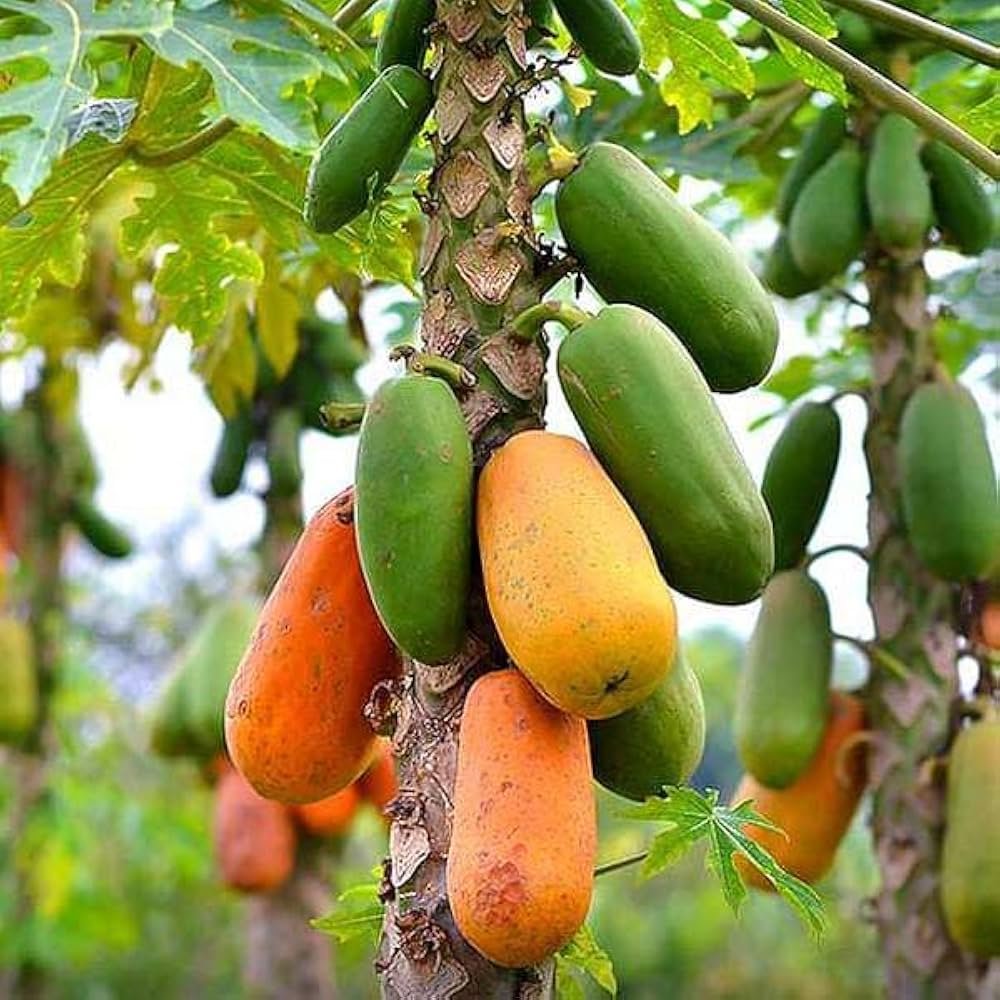
The Red Maradol papaya (also known as Carica papaya ‘Red Maradol’) is one of the most popular commercial papaya varieties in Latin America. Originally from Mexico and Central America, it’s prized for its:
- Rich red-orange flesh with a sweet, tropical flavor.
- High sugar content (10–13° Brix), making it ideal for fresh consumption and export.
- Thick skin and long shelf life, which makes it excellent for long-distance transportation.
- Vigorous growth and early fruiting, typically producing within 8–10 months of planting.
Because of its commercial importance, Red Maradol papaya requires careful management to ensure consistent yield and fruit quality — and that’s where retractable roof systems come in.
What Is a Retractable Roof Production System?
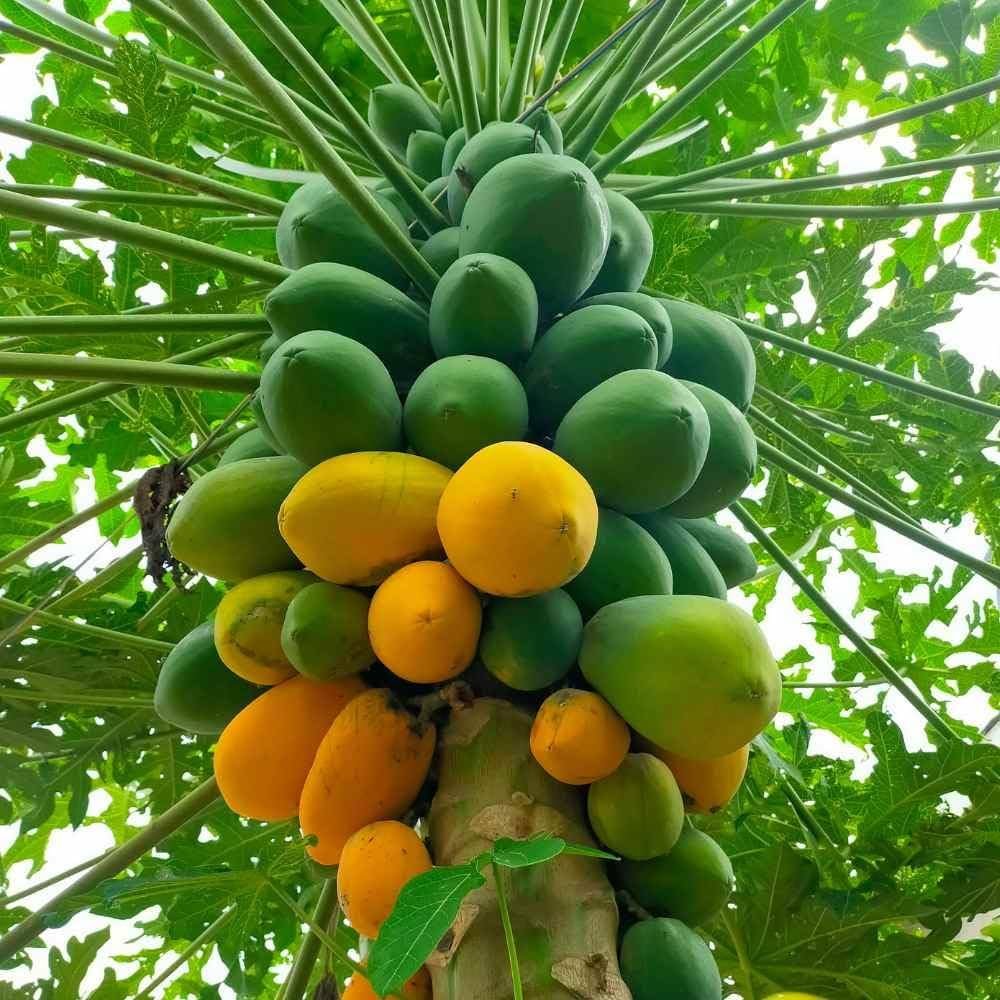
A retractable roof system is an advanced greenhouse setup that allows growers to control sunlight, temperature, humidity, and airflow by opening or closing the roof panels as needed.
In papaya cultivation, this system combines the natural advantages of open-air farming (like sunlight and pollination) with the protection and control of greenhouse farming.
Key benefits include:
- Protection from excessive rain or wind.
- Temperature and humidity control for year-round production.
- Prevention of fungal and bacterial diseases caused by excess moisture.
- Reduced pesticide use and improved fruit quality.
This system is particularly useful in regions like Culiacan, Mexico, where the climate can be both extremely hot and humid — conditions that can challenge traditional open-field papaya production.
Starting Red Maradol Papaya Plants
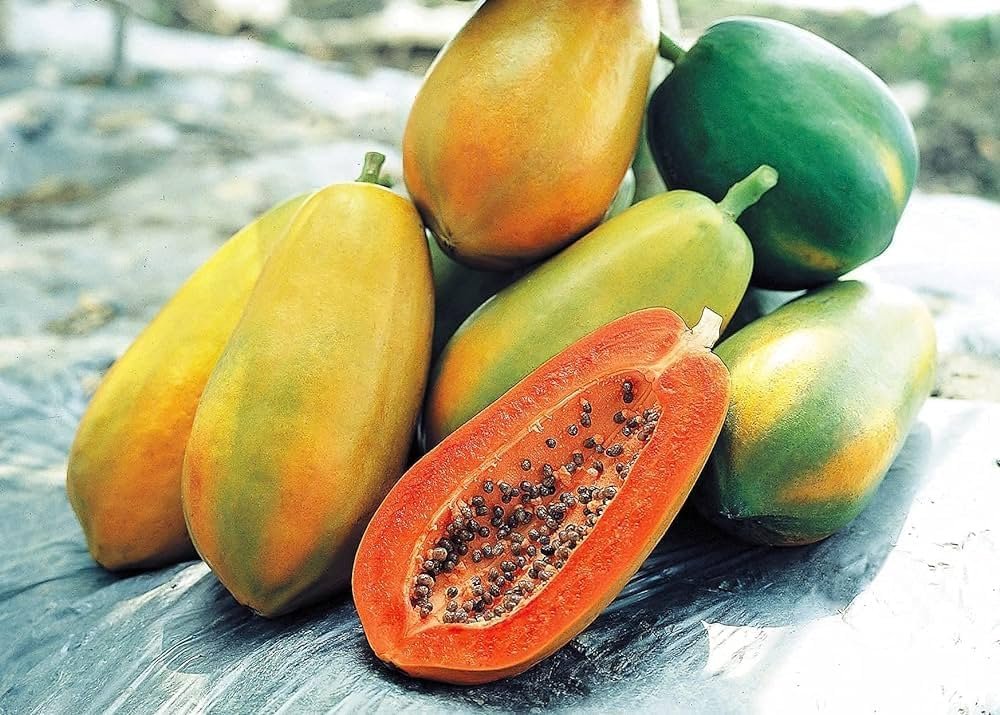
Whether grown in the open field or under a retractable roof, proper propagation and planting are crucial for healthy papaya growth.
1. Seed Selection and Germination
- Choose seeds from high-yielding, disease-free mother plants.
- Soak the seeds in warm water for 24 hours before planting to soften the seed coat and speed up germination.
- Sow seeds in seed trays or small bags filled with a well-draining mix of peat moss, perlite, and compost.
- Germination typically occurs within 2–3 weeks at temperatures between 25–30°C (77–86°F).
2. Transplanting Seedlings
When seedlings reach about 20–30 cm (8–12 inches) in height, they are ready for transplanting.
- In the retractable roof system, transplant spacing usually follows a 2.0 m x 1.8 m grid, allowing good air circulation and light penetration.
- Use raised beds enriched with organic matter and balanced NPK fertilizer.
- Ensure excellent drainage to prevent root rot, which papaya plants are highly susceptible to.
Environmental Control in a Retractable Roof System
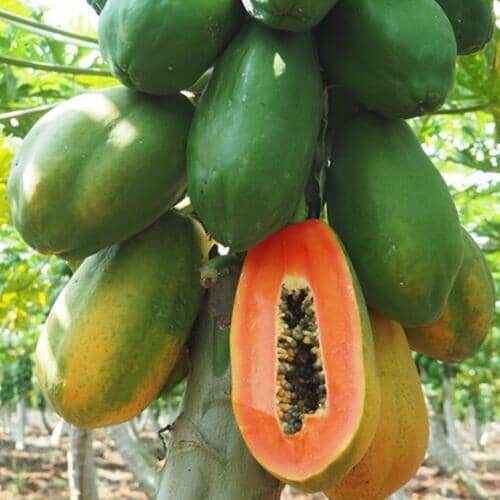
The main advantage of a retractable roof system lies in precise climate control.
1. Light Management
- During early growth, the roof remains mostly open to allow maximum sunlight.
- During midday or extreme heat, panels can close partially to reduce heat stress on young plants.
2. Temperature and Humidity Regulation
- The system automatically adjusts based on sensor readings.
- Ideal growing temperatures for Red Maradol papaya are 22–30°C (72–86°F).
- Humidity levels are maintained between 60–80% to support healthy transpiration without promoting fungal growth.
3. Rain and Wind Protection
- During storms, the roof closes completely to shield plants from mechanical damage.
- This minimizes fruit scarring and breakage, ensuring a higher percentage of marketable produce.
Efficient Irrigation and Fertilization
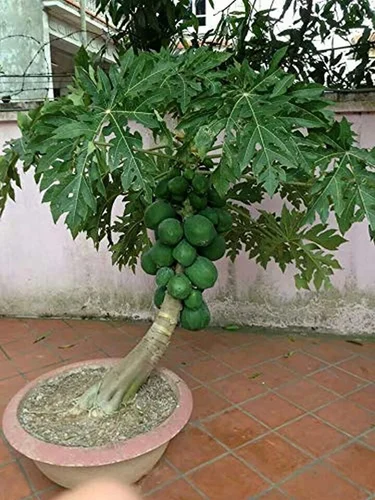
Inside the retractable roof system, drip irrigation is typically used for papaya cultivation. This ensures each plant receives the right amount of water directly at its root zone while minimizing waste and disease spread.
Fertigation (Fertilizer + Irrigation):
- Nutrients are supplied through the irrigation system for maximum absorption efficiency.
- A balanced nutrient ratio is crucial — papaya requires nitrogen (N) for vegetative growth, phosphorus (P) for root and flower development, and potassium (K) for fruit quality and sweetness.
A typical fertigation schedule might include:
- N:P:K ratio of 3:1:6 during fruiting.
- Supplementation with calcium, magnesium, and micronutrients like boron and zinc to prevent deficiencies.
Flowering and Pollination
Red Maradol papaya plants are usually hermaphroditic, producing both male and female flowers in the same plant — a desirable trait for commercial farming.
- Flowering begins around 4–6 months after planting.
- The retractable roof can remain open during this period to encourage natural pollination by wind and insects.
- Alternatively, manual pollination may be used to ensure uniform fruit set, especially during low insect activity seasons.
Fruit Development and Harvesting
Once pollinated, fruits begin to develop quickly. Red Maradol papayas are typically ready for harvest 8–10 months after planting.
Indicators of maturity:
- The skin changes from deep green to a yellowish-orange tint near the blossom end.
- Fruits weigh between 1.2–2.5 kg (2.5–5.5 lbs) on average.
- The flesh turns deep red-orange and gives off a sweet, tropical aroma.
In a retractable roof system, fruits are often of superior quality — smoother skin, uniform ripening, and fewer blemishes.
Harvesting Tips:
- Use clean, sharp knives or pruning shears to avoid damaging the plant.
- Handle fruits gently to prevent bruising.
- Post-harvest, wash fruits in clean water and treat them with mild fungicides or hot water to extend shelf life.
Pest and Disease Management
Even under controlled conditions, monitoring for pests and diseases is essential.
Common pests include:
- Aphids
- Whiteflies
- Thrips
- Red spider mites
Common diseases:
- Papaya ring spot virus (PRSV)
- Powdery mildew
- Anthracnose
The retractable roof system reduces infection rates by controlling humidity and preventing rain splash — two major pathways for fungal disease spread. Additionally, biological control agents like beneficial insects (ladybugs, lacewings) can be introduced to maintain pest balance naturally.
Advantages of Growing Red Maradol Papaya Under a Retractable Roof
- Higher Yields – Controlled conditions promote continuous growth and faster fruiting cycles.
- Better Fruit Quality – Less exposure to rain, sunburn, and pests means cleaner, more marketable fruits.
- Year-Round Production – Farmers can adjust conditions to produce fruit even in off-seasons.
- Reduced Pesticide Use – Natural ventilation and controlled environment minimize disease spread.
- Efficient Water Use – Drip irrigation and precise fertigation reduce waste and improve sustainability.
Sustainable Papaya Farming for the Future
The Red Maradol papaya farm in Culiacan, Mexico, represents the future of sustainable tropical fruit cultivation. The retractable roof system not only boosts productivity but also demonstrates how technology and nature can work hand in hand.
With increasing global demand for high-quality papayas and the need for eco-friendly farming methods, integrating smart systems like these offers a path toward efficient, profitable, and sustainable agriculture.
Final Thoughts
Growing Red Maradol papaya inside a retractable roof production system is a perfect blend of modern innovation and traditional farming wisdom. It allows farmers to maximize yields, reduce risks, and deliver premium-quality fruits that meet global market standards.
As seen in Culiacan, this approach is transforming papaya cultivation — paving the way for a new era of tropical fruit farming that is productive, sustainable, and climate-smart.
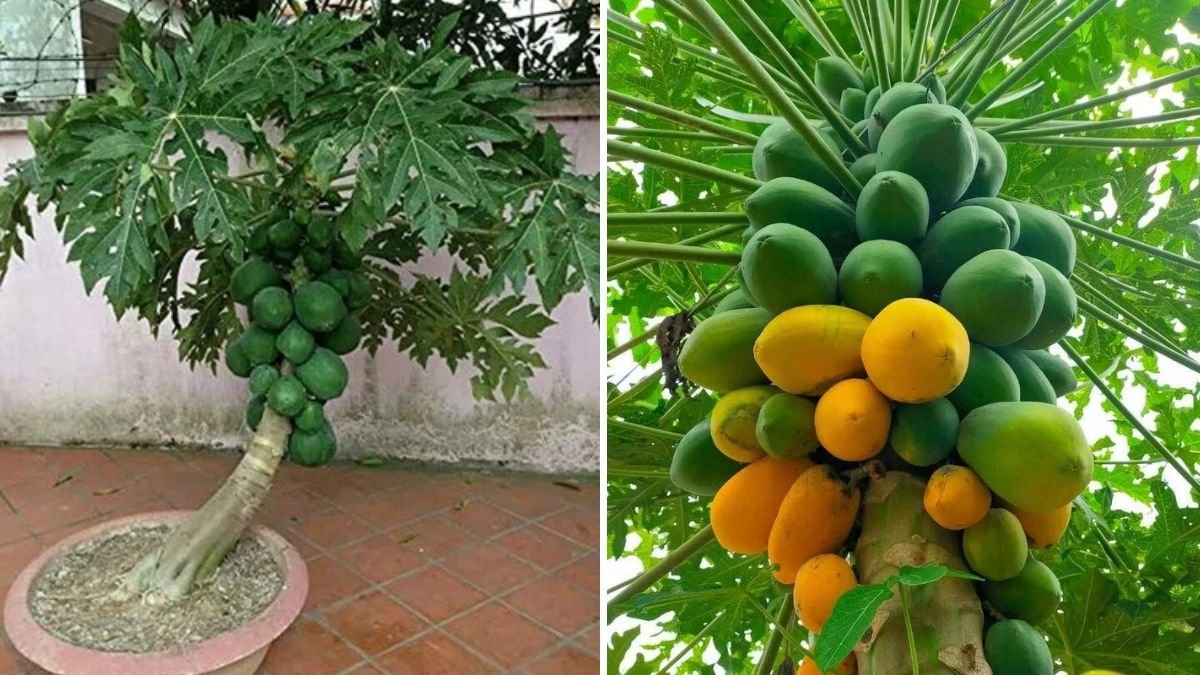
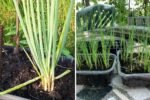
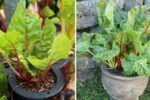
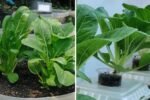
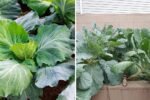
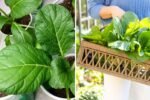
Leave A Comment